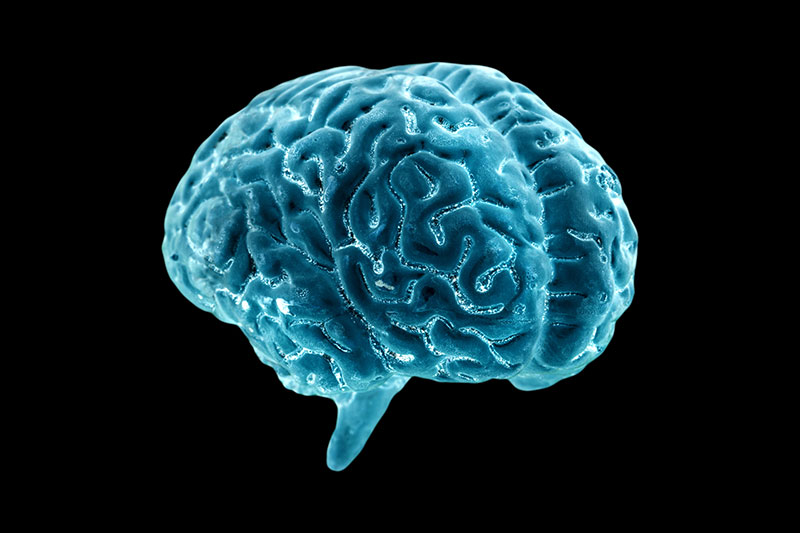March 17, 2015 (Frontiers in Neurology)
Despite progress in cerebral magnetic resonance imaging (MRI) over the past years, this method has not been able to provide a full insight into the causes of multiple sclerosis (MS) and the deficits it inflicts on patients with the debilitating disease.
There are a plethora of MRI techniques that have proven to be greatly beneficial in understanding the vast complexities of MS damage on tissues. MRI advances have been able to assess structural changes that occur during MS progression more than ever before. They have not, however, been able to accomplish their main goal: offer significant explanations and predictions for a patient’s functioning and clinical deficits with MS. This is not only due to the complexities of MS, but may also be because MS varies a great deal at the individual level “in processes of plasticity and adaptation.”
In an effort to bridge this clinical gap, combining MRI measures of structural damage with measures of abnormal functional and structural connectivity may be able to further explain such relationships at least at group levels in people with MS.
















Leave a Reply